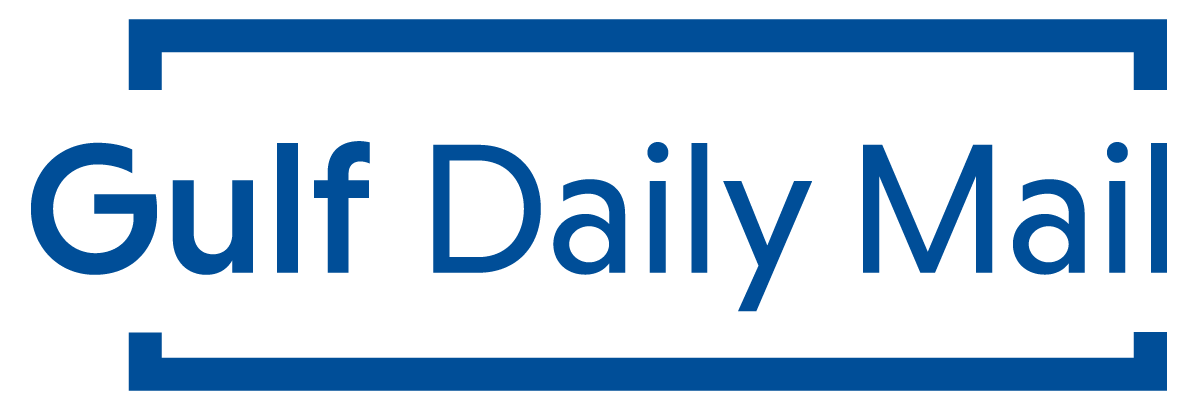Market Overviews of the Riyadh and Jeddah real estate markets
 DUBAI- Jones Lang LaSalle, has released its Q3 2013 Market Overviews of the Riyadh and Jeddah real estate markets that assess the latest trends in the office, residential, retail and hotel sectors of the market in Saudi Arabia’s two largest cities.
DUBAI- Jones Lang LaSalle, has released its Q3 2013 Market Overviews of the Riyadh and Jeddah real estate markets that assess the latest trends in the office, residential, retail and hotel sectors of the market in Saudi Arabia’s two largest cities.
Commenting on the reports, Mr Alan Robertson CEO of Jones Lang LaSalle said: “Real GDP growth is forecast to be 4.0% in KSA for 2013 and Saudi banks are increasing their lending to real estate end users to the highest level recorded during the last five years. While major new capital projects are driving strong demand across the office, retail and hotel sectors in Riyadh and Jeddah, labour shortages will likely delay projects and increase construction costs.”
Summary Highlights – Riyadh:
- The Arriyadh Development Authority (ADA) announced further details of the proposed Riyadh Metro, which will consist of 6 lines with 96 stations and a total length of 176km. Construction is scheduled to commence in Q1 2014, with the first phase of the project opening in Q4 2016. A total of SAR 3 billion has been allocated to acquire additional land, although the acquisition of land will be kept to a minimum.
- The average quoted office rents for completed Grade A & B buildings has declined marginally to SAR 1,059 per sq m pa at the end of Q3, due to higher vacancies within B grade buildings in the CBD and to the South of Riyadh. Demand for office space remains strong, with considerable take up over the past six months. However, the combination of vacant space in new buildings and space being marketed in buildings currently under construction is providing tenants with wider choice and is resulting in more competition between owners to attract new tenants.
- In the residential market, apartment and villa rents are expected to increase further in 2013. The average purchase price of apartments has decreased by 10% to SAR 2,534 per sqm over the past six months (excluding branded apartments), reflecting the fact that most apartments available for sale are located in the low income areas of Zahahrat Laban, Araija, in the West and Shifa, Badr and Suwaidi in the South. Average villa prices have increased by 4% compared to the same quarter last year to SAR 4,274 per sqm. Of the total future supply for the residential sector, some 6,000 units are expected to be delivered in expatriate residential compounds.
- Average retail rents have increased slightly in super regional malls, while remaining largely unchanged in regional and community malls during Q3 2013. Total mall-based retail supply is expected to reach around 1.7 million sq m by the end of 2016, with supply of retail malls expected to increase substantially. JLL anticipates limited rent increases in regional and community shopping malls given the availability of space and continued downward pressure on rentals in poorer performing malls.
- The hotel market is showing signs of stability, following a period of declining performance as arrivals failed to keep pace with the significant increase in supply recorded in 2011 and 2012. There is a significant completions forecast for hotels rooms in 2014 and beyond, including the Hyatt Regency and Fairmont Business Gate.
Summary Highlights – Jeddah:
- Average office rents for both Grade A and B office space have increased significantly over the past six months. Vacancy levels decreased from 12% last quarter to 10% in Q3, reflecting the healthy demand from the government and private sectors.
- In the residential market, the average asking price for apartments has decreased over Q2 and Q3 to SAR 3,800 per sq m. The average sale price of villas in locations monitored by JLL has decreased by 4% to SAR 4,400 per sq m over the past six months, driven by falling prices in the prime Western districts of Jeddah. Limited availability of villas for rent has contributed to the growth in rentals.
- The retail market rents remain consistent with Q3 2012. Average rental for line stores in major malls is expected to remain stable, although the market may become more fragmented with not all centres able to maintain current rental levels. No further additions to retail supply are expected in 2013. Many retailers are planning expansions and opening new outlets and new brands continue to enter Jeddah’s retail market.
- Jeddah continues to be one of the best performing hotel markets in the Middle East in terms of occupancy during 2013. While occupancy levels have been increasing since 2010, they are now stabilising with Q3 2013 recording a slightly lower occupancy level of 78% compared to Q3 2012 (81%). Jeddah’s continued strong performance is a reflection of both continued demand from religious pilgrims and its popularity as a leisure destination amongst Saudi families.


You must be logged in to post a comment.